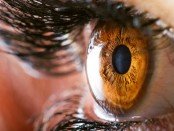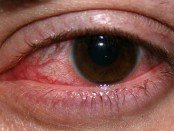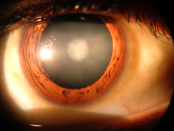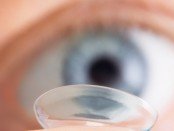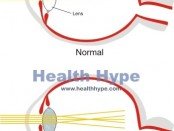Blurred Vision – Causes in One Eye or Both Eyes
We are all accustomed to seeing clearly, even if we use spectacles (glasses) or contact lenses. This clarity of vision is known as visual acuity. It does not stay constant throughout life. Visual acuity can change with age and may need to be corrected. Most of us notice it as the inability to see objects clearly and we >> Read More ...


